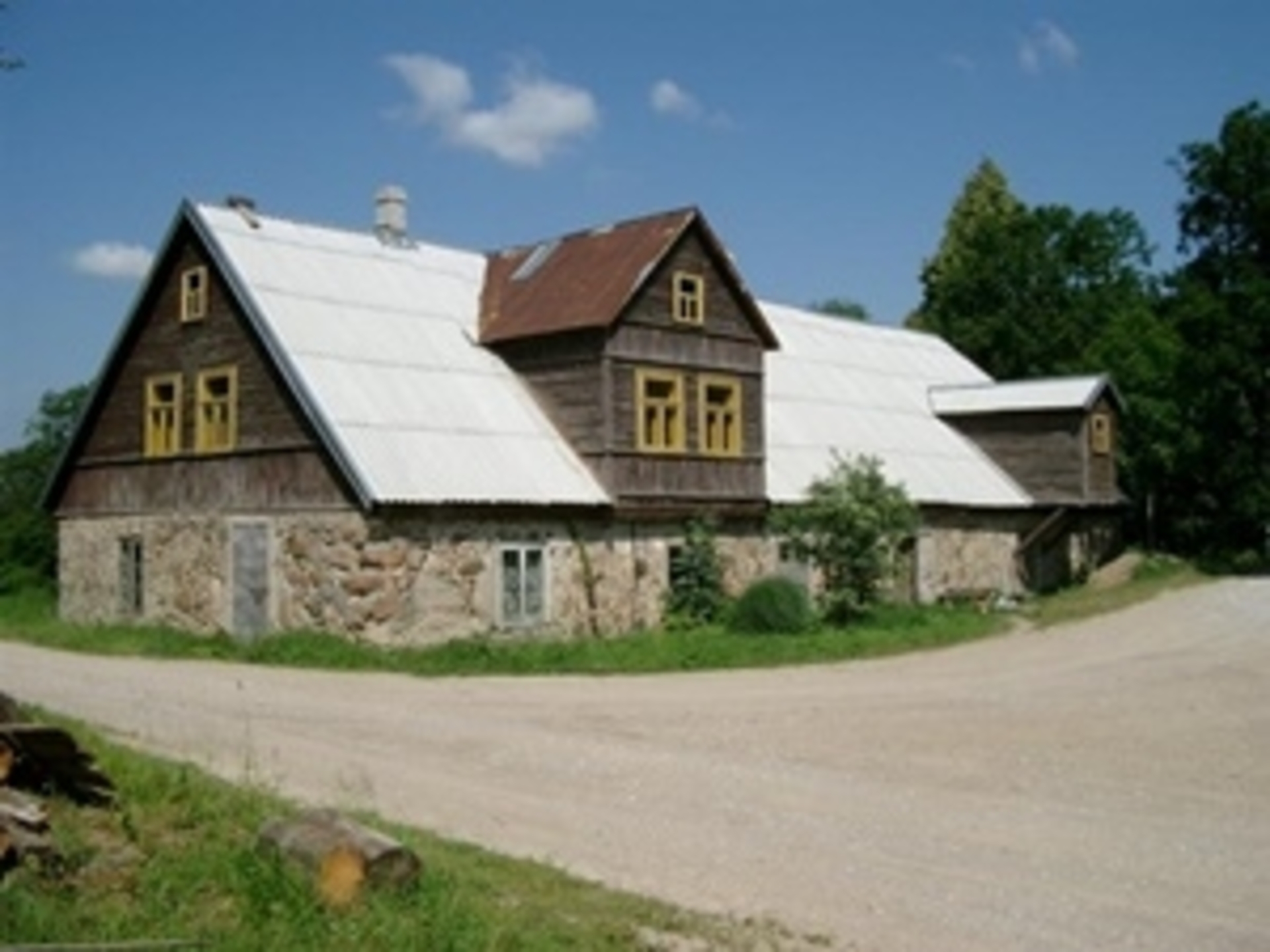Lyksūdė Water Mill

70

0

0
The Lyksūdė Mill, built in 1830, stands on the bank of the Šata River, near the Šatė–Kaukolikai road. This Romantic-style building, measuring 25.12 m in length, 9.88 m in width, and 5 m in height, is a stone masonry structure with a gable roof. The mill has a symmetrical rectangular layout, divided into residential and utility spaces. Architectural elements from the late 18th and early 19th centuries, such as wooden beams and valuable interior features, reflect its history. The mill's dam, which supplies water to the Šata River, is essential to the milling process. This building is protected as a cultural heritage site.
Info
-

Architecture
-

 Entertainment
Entertainment
 Food establishments
Food establishments





























 56.193, 21.724
56.193, 21.724
 Get directions
Get directions









